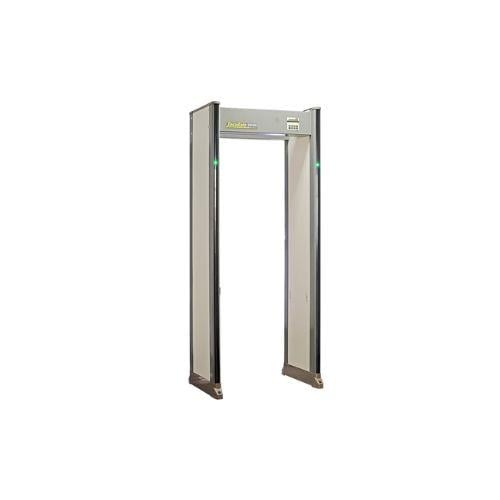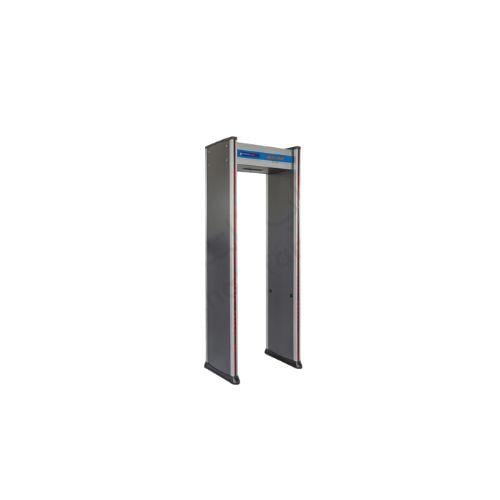How Institutions Choose the Right Security Screening Gates for Their Needs
Advanced security screening gates are essential for protecting facilities and sensitive sites. Modern technologies help prevent unauthorized individuals from entering, ensuring the safety of employees and visitors. These gates use advanced techniques to detect weapons and hazardous materials, reducing security risks and improving the safety environment for everyone.
Key Points:
- Security screening gates are crucial for protecting facilities and sensitive sites.
- Modern technologies help prevent unauthorized access.
- Providing a safe and secure environment is their vital role.
- They use advanced techniques to detect weapons and hazardous materials.
- These gates help reduce security risks.
Introduction to the Importance of Security Screening Gates
Security screening gates are a fundamental part of security systems. They protect facilities and sensitive areas from threats by preventing unauthorized individuals from entering. With the continuous development of security technologies, these barriers have become an effective tool in preventing risks.
Types of Security Screening Gates Available
Security screening gates are vital for maintaining safety. They offer an effective way to identify potential hazards. Different types of gates are available in the market, each with its own advantages. For example, explosive detection devices use advanced techniques to detect restricted materials. Common types include security screening gates used in airports and government facilities, which detect weapons and explosives, enhancing overall safety.
When choosing a security gate, several factors must be considered, such as the level of threat, the size of the area, and technological requirements. Specialized companies provide consultations to select the most suitable gate for each site.
Technologies Used in Modern Security Screening Gates
Modern security screening gates employ advanced protection technologies. Baggage screening devices detect prohibited or hazardous materials. These technologies are commonly used in airports, schools, and government buildings. Techniques like metal detection and X-ray imaging are critical for identifying unauthorized items. Such technologies are integrated into comprehensive security systems to ensure full protection of facilities.
Features of Advanced Security Screening Gates
Advanced security screening gates play a significant role in maintaining safety. They use modern technology to easily detect weapons and prohibited materials. These gates prevent unauthorized individuals from entering, reducing the risk of security incidents and increasing efficiency.
Some key features include ease of use, fast personnel screening, and the ability to detect prohibited materials at varying sensitivity levels. Advanced security screening gates enhance facility protection, boosting visitor and employee confidence in the establishment.
Metal Detection and Personal Inspection Gate with 33 Detection Zones, Model STMD-3300
Add to cart
Metal Detection and Personal Inspection Gate with 18 Detection Zones, Model STMD-1800
Criteria for Choosing the Right Security Gates
When selecting security screening gates, several factors should be considered to ensure the right choice. These include technical capabilities, such as detecting weapons and hazardous materials, and handling large amounts of data. Cost and maintenance requirements should also not be overlooked. Gates should be easy to maintain, durable, and have readily available spare parts.
Applications of Security Screening Gates in Various Facilities
Security screening gates operate in many facilities to protect people and important information. They help prevent unauthorized access, ensuring the safety of sensitive areas. Common applications include airports, hospitals, government facilities, and private companies. These gates can detect hazardous materials in luggage or on individuals.
Installation and Operation Procedures
Installing security screening gates requires careful attention. The location of the gate must be carefully chosen to ensure proper functionality. Steps include determining the gate's placement, installing it correctly, and testing it to ensure it effectively detects weapons, explosives, and other prohibited items. Proper training for staff and regular maintenance are also essential to ensure safe and efficient operation.
Future Developments in Security Screening Gates
In the future, security screening gates will see significant advancements. These developments will improve security and provide safer environments. Innovations such as artificial intelligence will assist in analyzing security data and detecting threats. Advanced barriers will enhance protection against intrusions and sabotage.
Conclusion
Security screening gates are vital for protecting facilities and sensitive sites. They enhance safety and provide a secure environment for everyone. With future advancements, their capabilities will continue to improve, ensuring the safety of all individuals and sensitive information within facilities.



